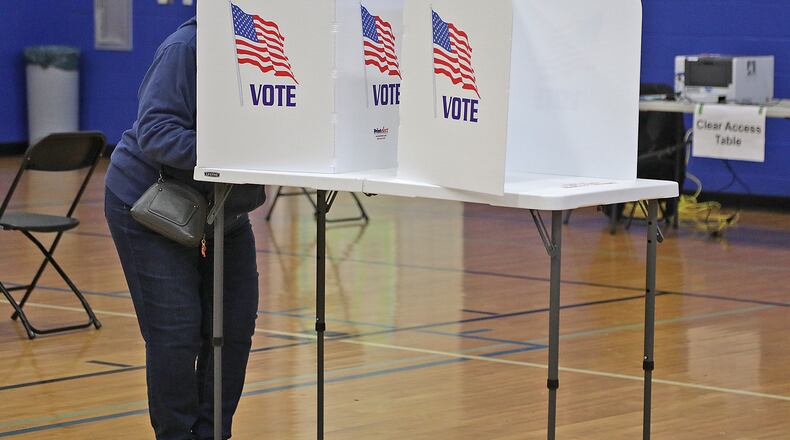Nearly 52% of voters opposed the issue in Tuesday’s election, according to unofficial results from the Clark County Board of Elections. It’s possible that the district will ask voters again to approve the levy, Superintendent Brian Kuhn said Wednesday.
“It is very likely that the residents of Springfield Twp. will see another attempt to seek voter approval for these existing operating levies ,” he said.
Kuhn said the district was hopeful that the levy would have passed this year, adding that it would not have raised taxes since homeowners are already paying on the existing levies.
“We knew that our first attempt at a substitute levy would be challenging as this is a relatively new option in Ohio,” he said.
The levy, in which information on the issue was shared on social media, the district website, in printed communication and through local news outlets, would have been used for operating costs for the district, including materials, supplies, salaries, benefits, programs, classes and more.
As for next steps, the school board will begin discussing plans and strategies to pass the two levies before they expire in 2022 and 2024.
“The Clark-Shawnee Board of Education will regroup and establish a plan to address the emergency levies that are set to expire at the end of 2022 and 2024 and represent approximately 20% of the district’s current financial needs,” he said.
Kuhn said there are no cuts planned as a result of the election. However, the district will continue to look for opportunities to reduce expenditures without compromising programs and services.
About the Author

